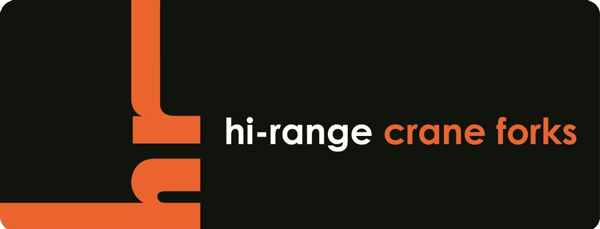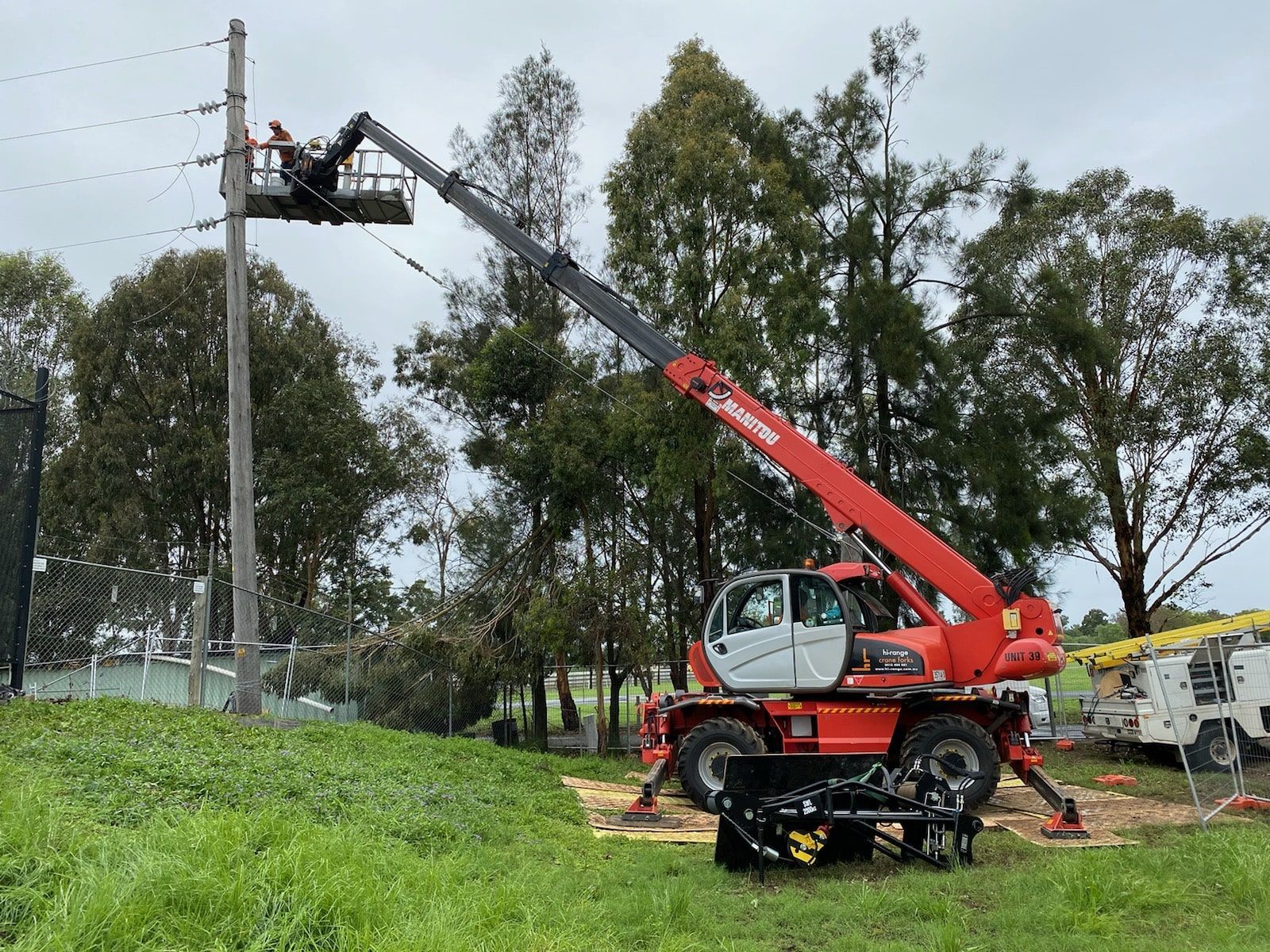15/08/2020
Telehandlers may seem simple to use, but the skills needed to operate them depend on the complexities of the machine attachments and its heavy lifting power. While a ‘telehandler licence’ doesn’t exist, you may need a High-Risk Work (HRW) Licence or elevated platform licence to operate a telehandler. You need one of these licences to operate a telehandler when:
- It’s fitted with a boom or jib and hook block
- It’s fitted with a personnel box attached directly to the main boom and extended 11m or more
You don’t need a licence to use a telehandler if it’s fitted with attachments like buckets or forks.
How Long Does a Telehandler Licence Last?
Both licences required to operate a telehandler fitted with a boom/ jib and hook block, or with an 11m+ extending personnel box, last 5 years.
You can renew your HRW licence after 5 years by applying to High Risk Work Licence Online Services with your licence number, renewal notice number, and all other relevant documentation. Your HRW licence is still valid during the renewal process, which you can use the renewal confirmation and receipt as proof of. After licence renewal, you have to pay the licence fee, which differs from state to state.
An Elevated Work Platform licence can also be called an EWP Licence or Yellow Card. To renew an EWP licence, you must complete a refresher training programme. The idea is your knowledge should be as current as your EWP licence.
What Does a Telehandler Licence Cover?
The licences you need to operate a telehandler cover all applications of telehandlers, including when fitted with a boom/jib and hook block or a personnel box extending 11m+.
An HRW Licence (WP class) allows the holder to operate a telehandler when the boom is 11m long or more. To obtain a WP class High-Risk Work licence, you need an EWP licence. HRW licences come in different classes allowing for the completion of different types of high-risk work. If you have an HRW licence of a different class, you will still need to undergo the WP class training, then apply within 60 days of the date of your notice of satisfactory assessment for that class. Once accepted, you can work in multiple occupations on a single licence.
An Elevated Work Platform Licence gained from the course ‘TLILIC0005 – Licence to Operate a Boom-type Elevated Platform (boom length 11m or more)’ allows the holder to operate a telehandler with a boom of over 11m.
What Are the Requirements of a Telehandler Licence?
To undertake either of the courses needed to legally operate a telehandler in high-risk situations, you need to:
- Be at least 18 years old
- Provide more than 2 forms of identification
- Wear the appropriate PPE during training
- Be able to read and write basic English
- Pass a language, literacy and numeracy assessment
What Other Licences Do I Need?
The other requirements for operating a telehandler depend on the job you’re completing. When operating a slewing-type telehandler, you’ll need a WorkSafe C2 licence or higher and when driving a telehandler on public roads you’ll also need a current driver’s licence. You do not legally need a Telehandler Gold Card to operate a telehandler, but it does formally prove competence, which telehandler hire companies often require if you’re dry hiring to operate yourself.
Choose Us for Telehandler Hire
Searching for a high-quality telehandler hire service? Look no further! Hi-Range has a range of telehandlers to choose from. We take pride in providing our clients with the most reliable machinery and skilled operators for any project in the greater Sydney region. Contact us today at (02) 4062 8733 to get a free quote.
Get a quote on rail track laying and more
Like what you see? Get in touch with our friendly team for more information on what services we can secure for your next rail construction project. Hi-Range Crane Forks can organise and assist with full-service rail construction packages and individual service contracts alike. From track clearing to installing continuous welded rail, our teams can provide assistance to commercial and civil projects of any size and scope across South Australia and New South Wales.

